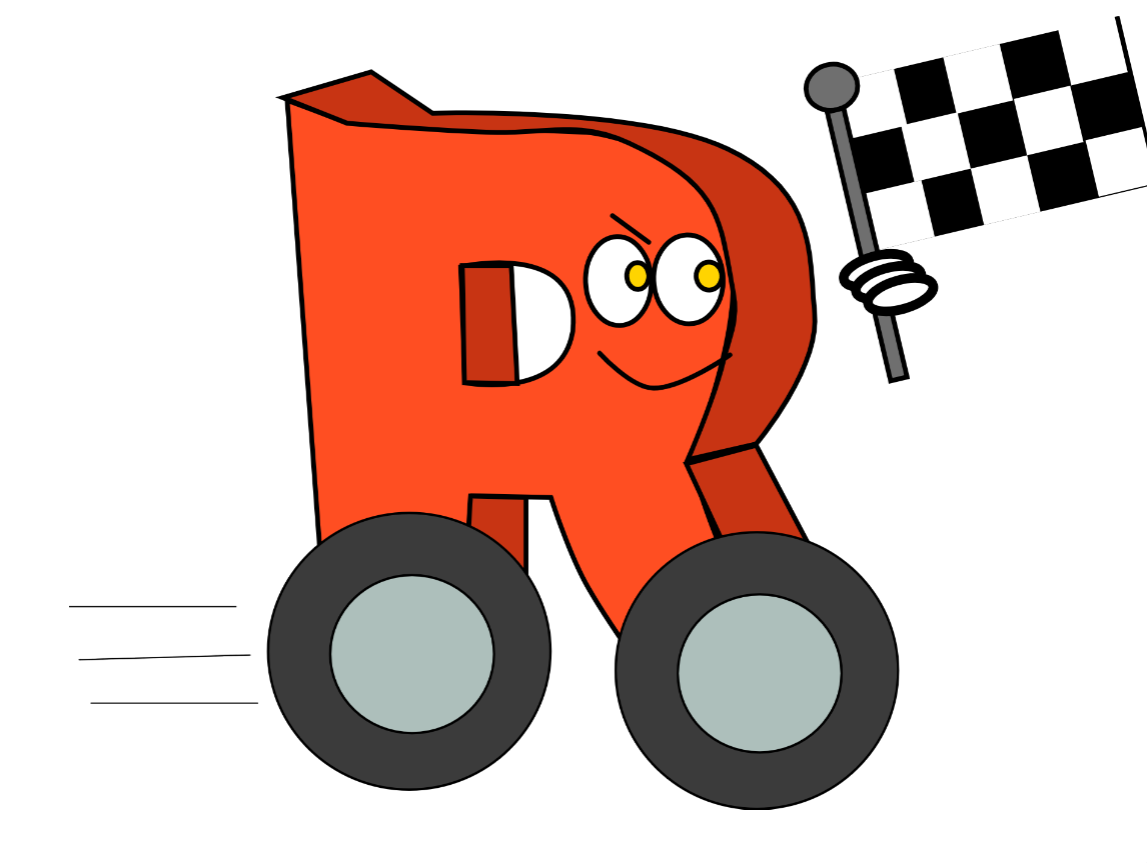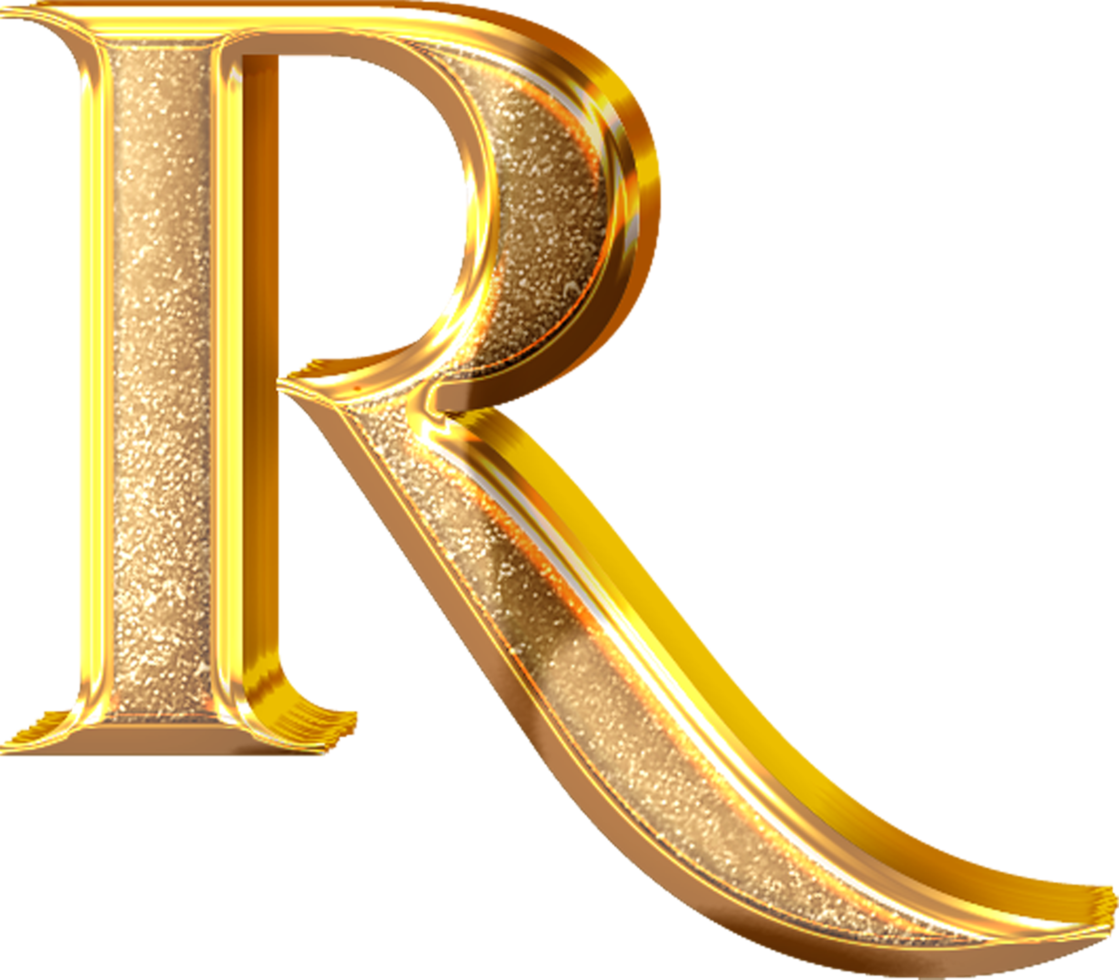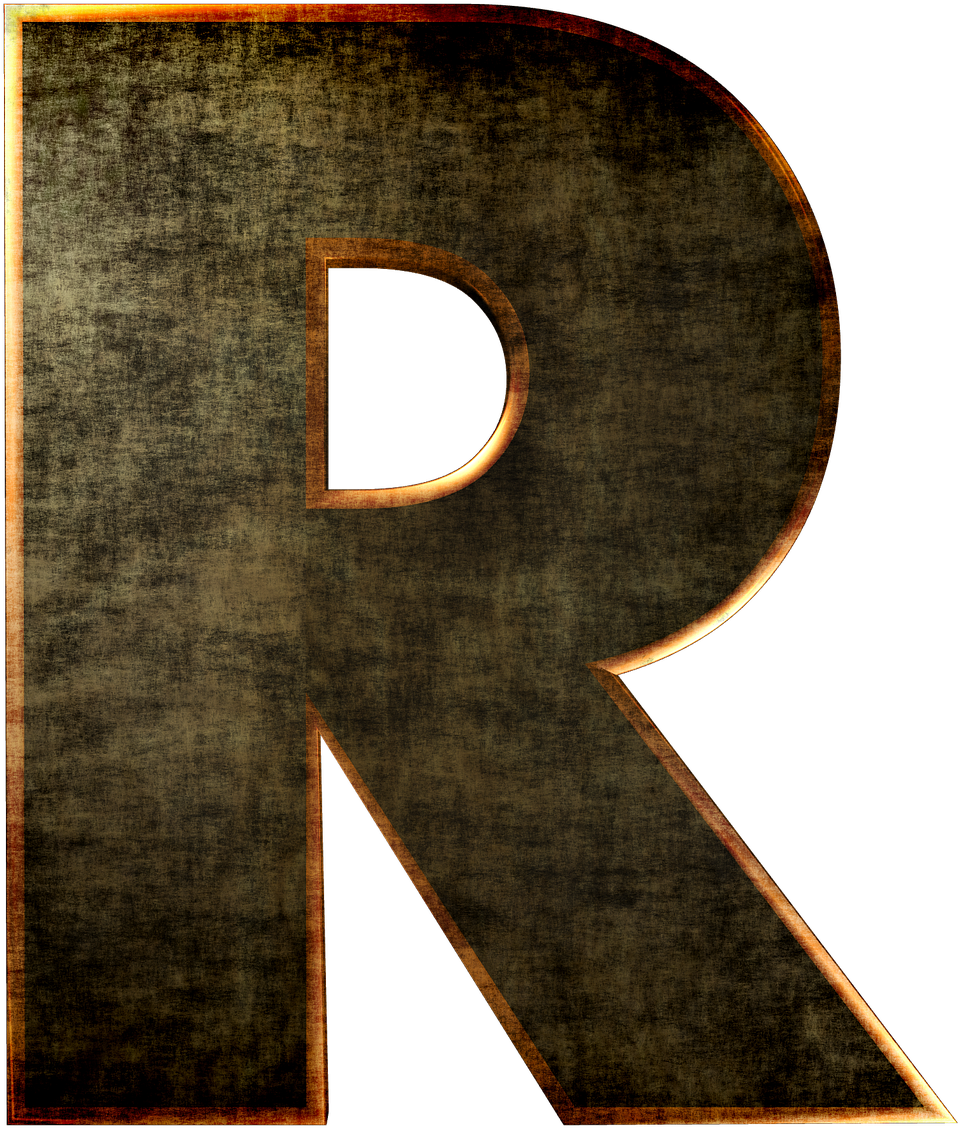Imagine getting aboard a system that helps you make sense of loads of information, a place where you can create things, share what you discover with others, and pretty much become whatever you set your mind to. This idea, you know, feels a lot like what the R programming environment offers to those who work with facts and figures. It is, in a way, a vehicle for your thoughts and ideas, helping you move through complicated datasets with a bit more ease.
This particular platform, which we might call the R train for its ability to transport you through data, is built to handle quite a bit of information. It is a statistical tool, meaning it is set up to work with numbers and measurements, and it does so with a certain readiness for large amounts. It is, quite simply, ready for a lot of input, and it helps you make sense of it all, which is rather useful for anyone dealing with collections of facts.
This R train, if you think about it, is freely available for anyone who wants to hop on. It is a language and a setting for doing statistical calculations and making visual representations of information. This means it offers a wide selection of ways to work with numbers and to show them in pictures, which is really something special. It is, basically, a welcoming space for anyone looking to get their hands on information and make it tell a story.
Table of Contents
- What is the R Train and Where Can It Take You?
- How Does the R Train Handle All That Data?
- Is the R Train Free to Ride and Easy to Board?
- Exploring the R Train's Unique Features
- What Makes the R Train a Favorite for Visuals?
- Getting Started on the R Train
- The R Train's Open Source Spirit
- Riding the R Train - A Community Experience
What is the R Train and Where Can It Take You?
This R train, as we are calling it, offers a sort of wide-open space, a bit like a virtual place where you can build and share. It lets you create and also lets you share what you build with others. You can, in a way, turn into anything you can think of within its confines, which is quite a thought. Millions of individuals are already part of this, finding a truly endless array of deep, involving experiences. It is a place for discovery, certainly.
When you get on this R train, you are entering a system that is set up to work with statistical information. It is a programming helper, a kind of special instrument, that is particularly good at managing facts and figures. It is, basically, built to deal with a lot of information, and it does so rather well. This makes it a very useful tool for anyone needing to sort through large collections of details and numbers.
This particular system, R, is sometimes known as ‘gnu s’. It is a language and a setting that you can get without paying anything. This free availability means that many people can use it for statistical calculations and for making pictures from their information. It provides a good number of different ways to do these things, which is pretty helpful. It is, you know, a very accessible way to start working with data.
- Guillermo Jimmy Kimmel
- Qulyndreia Wallis
- Morgan Kohan Date Of Birth
- Lyasan Utiasheva
- Kennya Deodato Baldwin
How Does the R Train Handle All That Data?
The R train has a special knack for dealing with data, and it is built to manage a great deal of it. It is a tool for programming that focuses on statistics, and its particular design means it can take on really big amounts of information without a problem. This capacity to process so much data is what makes it stand out, giving users the ability to work with large collections of facts and figures. It is, you could say, a very capable machine when it comes to volume.
This ability to handle a lot of information means that when you are on the R train, you do not have to worry as much about the size of your datasets. It is equipped to take on big projects, helping you sort through and make sense of information that might seem overwhelming otherwise. It is, in some respects, like a strong engine that keeps going even with a heavy load, making sure your data journey continues smoothly. This is quite a helpful feature for anyone dealing with extensive collections of material.
Because it is set up to deal with so much information, the R train becomes a go-to choice for individuals and groups who are dealing with large databases or scientific studies. It provides the means to process and interpret these vast amounts of material, allowing for a clearer view of what the data holds. It is, basically, a reliable partner when your work involves a significant quantity of numbers and observations. You can trust it to keep up, which is a good thing.
Is the R Train Free to Ride and Easy to Board?
Yes, this R train is indeed free for everyone to use. It is a free software environment, meaning you do not have to pay to get it or to use it. This open access is a big part of its appeal, allowing many people to get on board without any financial barriers. It is, you know, quite a welcoming system in that regard, making it possible for anyone to start their journey into data analysis and graphics.
This free nature also means that it can be installed and run on many different kinds of computer systems. Whether you use a Unix-based platform, or a Windows machine, or even a macOS computer, the R train is usually ready to go. This wide compatibility makes it very easy for people to access and start using it, no matter what their current setup is. It is, in a way, built to be as inclusive as possible, which is a great benefit.
The ease of getting started with the R train extends to its community and the resources available. Since it is free and open, many people contribute to its development and create learning materials. This means that finding help or guidance is often straightforward, making the initial steps of learning the system a bit less intimidating. It is, basically, a system that encourages participation and shared knowledge, which helps new riders get comfortable quickly.
Exploring the R Train's Unique Features
The R language is an open source environment, which means its underlying code is available for anyone to look at and even contribute to. This open design is a big reason why it works on such a wide variety of computing setups. It is, you know, not tied to one particular kind of machine, which gives it a lot of flexibility. This makes the R train accessible to many different users, no matter what computer they have.
This open source nature has allowed the R language to grow and change over time, with many people helping to make it better. It has, basically, seen a good amount of acceptance and use, which speaks to its usefulness and flexibility. The fact that it is open means it is always getting updates and new features, often driven by the community itself. This continuous improvement is a strong point for the R train.
Beyond just being a programming language, R is also an interactive system. This means it includes a place where programs run, collections of pre-written code, different ways to build things, and extra parts that add more capabilities. All these pieces work together to help you think about your data in new ways. It is, you know, a complete package that supports your work from start to finish.
What Makes the R Train a Favorite for Visuals?
One of the things that makes the R train a real favorite among its users is its very good ability to make pictures and charts from data. It has, basically, strong capabilities for visualization. This means it can turn numbers and information into clear and helpful graphs, plots, and other visual representations. This feature helps people see patterns and stories in their data that might be hard to spot otherwise, which is quite useful.
The system offers a wide selection of ways to create these visual outputs. Whether you need a simple bar chart or a more complex scatter plot, the R train has tools to help you build it. This makes it a go-to choice for anyone who needs to present their findings in an easy-to-understand way. It is, you know, a very effective way to communicate insights, making complicated information more approachable for others.
Because of how well it handles creating pictures, the R train is often picked by people who need to share their data findings with others, like in reports or presentations. Its capacity to produce clear and attractive visuals helps make information more engaging and easier to take in. It is, in some respects, like having a built-in artist for your data, helping you tell its story in a compelling visual format. This is actually a very important aspect for many professionals.
Getting Started on the R Train
To begin your ride on the R train, there are a few steps you can learn about. This includes understanding what the R programming language is, and then figuring out how to get it installed on your computer. You will also want to know about RStudio, which is a helpful environment for working with R. It is, basically, like a control panel for your R train, making it easier to manage everything.
Once you have R and RStudio set up, you will want to learn about the basic operations, or what they call 'operators', and the different kinds of information, or 'data types', that R works with. Knowing these things helps you give instructions to the system and understand how it handles your information. You will also learn how to bring information into the system and how to save it once you are done. This is, you know, pretty fundamental for any work you plan to do.
Setting up your workspace, which is the area where you do your R work, is another step. You will also get to look at the history of commands you have used, which can be quite handy for going back to previous steps. And, of course, you will learn how to add new tools or 'packages' to your R train, which extend its capabilities even further. These steps, basically, get you ready to make the most of your time on this system.
The R Train's Open Source Spirit
The R language is an open source setting for working with statistics and making graphics. This means its design is openly shared, allowing many people to contribute to its growth and development. This open approach is a big reason why it can run on a wide variety of computer systems. It is, basically, a system built by and for its users, which is pretty unique.
This open source spirit has helped the R language gain a lot of interest and use over time. It has, you know, been quite well-received, showing that a community-driven approach can create a very effective tool. The fact that it is open means that it is always getting better, with new ideas and improvements coming from people all over the world. This collaborative nature is a strong point for the R train.
This openness also means that you can easily look up information for almost every version of every R package. These packages are like extra features you can add to your R train, and you can find their instructions on places like CRAN and Bioconductor. This makes it straightforward to find what you need, which is a great benefit for anyone using the system. It is, in a way, a very transparent and supportive environment.
Riding the R Train - A Community Experience
R is more than just a way to write computer instructions; it is also a living, breathing system where everything works together. It includes the part that actually runs your code, collections of pre-made tools, places where you can build your projects, and additional pieces that add more functions. All these parts work in harmony to help you think about your information in fresh ways. It is, you know, a very connected system that supports your entire process.
This connected system means that when you are on the R train, you are part of something bigger. There are many individuals who use R, and they often share their knowledge and help each other out. This sense of community means that if you ever get stuck or have a question, there is usually someone who can offer a hand. It is, basically, a very supportive environment for learning and working with data.
The R train's strong ability to create good looking pictures from data is a big reason why so many people like it. This feature makes it a top choice for those who need to show their findings clearly and simply. It is, in some respects, a very effective way to communicate complex ideas, making it a favorite among many who work with information. Its visual capabilities are truly a standout feature, helping users tell their data's story effectively.
Related Resources:



Detail Author:
- Name : Sabryna Nader Sr.
- Username : borer.vincenzo
- Email : raina23@rowe.com
- Birthdate : 1970-05-23
- Address : 48913 Jayme Lakes Suite 330 Port Michelle, IN 92168-5365
- Phone : +1-775-972-7487
- Company : Johnson-Price
- Job : Food Service Manager
- Bio : Fugiat ducimus non aut. Rem dolore et accusamus ex ea aut.
Socials
tiktok:
- url : https://tiktok.com/@reynolds1996
- username : reynolds1996
- bio : Asperiores quidem ullam nobis ex. Corporis a accusantium quos exercitationem.
- followers : 4571
- following : 56
twitter:
- url : https://twitter.com/reynolds1985
- username : reynolds1985
- bio : In ipsam maiores quae impedit vitae. Necessitatibus quod doloremque nam sunt eos iusto. Aut aperiam accusamus voluptate ut qui. Delectus ipsam at ut iure.
- followers : 1417
- following : 461
facebook:
- url : https://facebook.com/keegan.reynolds
- username : keegan.reynolds
- bio : Aliquam facere non explicabo architecto soluta accusantium at.
- followers : 1656
- following : 669
linkedin:
- url : https://linkedin.com/in/keegan_reynolds
- username : keegan_reynolds
- bio : Dolore explicabo quod qui quo.
- followers : 6681
- following : 664